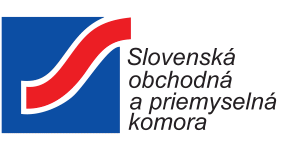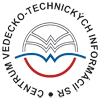Summary:
A German university developed a new molecular diagnostics of hyperaldosteronism. It facilitates better timely and adequate treatment of affected persons with high blood pressure due to familial hyperaldosteronism type II. The university is offering a license agreement to diagnostic companies.
Description:
More than a billion people worldwide suffer from high blood pressure, which is largely caused by lifestyle habits such as lack of physical exercise, obesity, diet, salt intake and alcohol consumption. Besides that genetic factors play an important role in hypertension. Hyperaldosteronism is supposed to be the most common reason for secondary hypertension accounting for 5 to 12 percent of patients with high blood pressure.
The current diagnostic methods for the detection of familial hyperaldosteronism often result in a belated diagnosis. Researchers of a German university have identified mutations in the chloride channel encoding gene CNCL2 as a new hypertension disease gene. Pedigrees of eight kindreds were analyzed by Sanger sequencing and mutations were identified as indicated in the figure. The molecular diagnosis of CLCN2 facilitates better timely and adequate treatment of affected persons with hyperaldosteronism, especially of patients suffering from hyperaldosteronism in childhood and adolescence, and furthermore applies to disease risk assessment. In addition, this technology may give rise to novel therapy options for hyperaldosteronism targeting the mutated chloride channel ClC-2.
This very specific genetic analysis does not need a further development and is ready to be used.
The university offers a license agreement to companies specialized in molecular or genetic diagnostics, who will use the technology in their processes.
Type (e.g. company, R&D institution…), field of industry and Role of Partner Sought:
The university is offering a license agreement to companies that are active in the field of genetic or molecular diagnostics, interested in applying the new technology, which is ready to use.
Stage of Development:
Available for demonstration
Comments Regarding Stage of Development:
The diagnostic test is ready to be used.
IPR Status:
Patent(s) applied for but not yet granted
Comments Regarding IPR Status:
A European patent application was filed.
External code:
TODE20180220001








